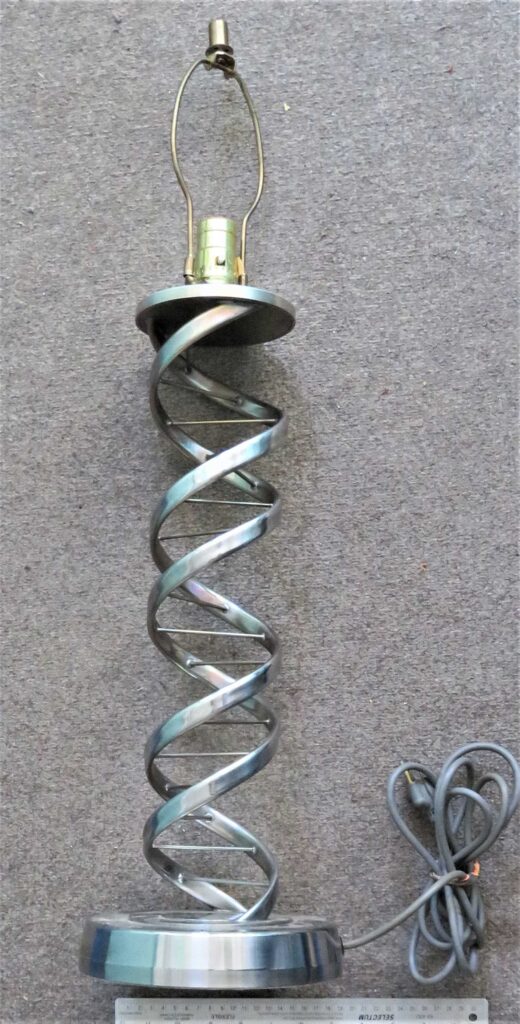A solid, 41cm-diameter, spherical “plastic” ball with an integral, 5 cm inside-diameter, molded neck. The usage of the artifact, believed to have been constructed at Chalk River in the 1950s, is uncertain. Measurements of density yield a value of ~1.07 g/cubic centimeter, indicating it is plastic as opposed to glass. A crease on the outside surface and two distinct layer boundaries indicate the ball was poured in a slightly-flexible mold in at least three pourings. The 5 cm diameter (2”) neck suggests that the artifact was an early attempt to develop a spherical scintillation ball that could be tightly coupled to the 2” diameter photomultiplier tubes readily available in that period. In usage, both the ball and the phototube would have been enclosed in a lightproof container.







